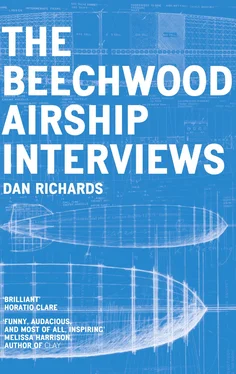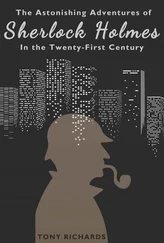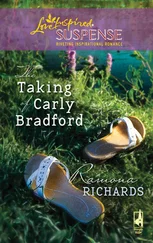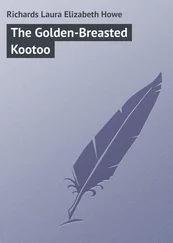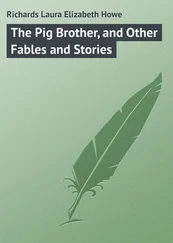Week two saw the keels *glued into place and the tail cone taking shape.
Week three was a bit of a write-off since I spent much of it undoing laths stuck into place under the influence of Guinness Export. The wrong place. Wonkily.
The nose was fixed in week four and the rest of the stringers followed. Because of the ship’s size, lath strips had to be seamed together at intervals with scarf joints, the two lengths cut with a taper and joined to form a continuous span. The scarfs were positioned at intervals so as not to create weak spots in the frame.
Week five, the tail fins went on; the central spars were cut and removed. The ship was carried off the stage and hung from its top keel for the first time, swinging slightly on its new jib. The team of bar staff who’d helped me lift and relocate it stood back.
‘Bit big, isn’t it?’ said Rob, looking warily up at the beams, and it was true; away from the stage and out in the room the airship did look massive.
‘Don’t worry,’ I reassured him, ‘I’ve done some maths and it only weighs as much as your legs.’
This seemed to settle him down. *
• • • • •
All the time I was building the airship, especially in those final weeks, I was distracted. A couple of years later, Stewart Lee nailed the feeling:
‘You often don’t realise that you’re working on something in your head until it’s formed – you might have had something that you thought you were doing for fun or was just interesting to you but suddenly you realise that it’s all adding up into the shape of an idea.’
Now built – out of my head and over there, causing Rob to fret about the beams – I saw the airship as a manifest preoccupation.
It wasn’t just an airship built on a whim; it was a reaction – an elephant in the room – everything the art school seemed to be turning away from; *a large, ambitious, crafted wooden piece of work which mirrored and celebrated the building around it, inspired by the ghosts of the city. I believed in the fabric of the bar and school and wished to celebrate that. The building was benign, inspiring and positive; it was the people at the top who concerned me.
Looking down the beech laths at the scarf joints, I felt the calm assurance of the materials and saw the influence of Richard and Colin in Henley-on-Thames and my father back in Bristol. The airship had put me in touch with them and articulated their knowledge better than words. The process was a language, lucid and succinct. It had an integrity.
I had faith in the wood and glue.
On 15 August 2007 I made the following note in my diary:
Today the bar paid for a set of ropes and pulleys and hired a scaffold tower.
I keep finding notes I’ve written about ‘People who know what they’re doing.’
I work here, in this room. The airship is site-specific.
The room is the space I respond to.
Does this happen to other people? *
• • • • •
The scaffolding tower was assembled one weekend shortly before the start of the new school year. From the top it was clear that the eaves were a lot higher than they seemed from the bar far below. Three of us scaled the gantry to hang ropes and thread the pulleys and shortly afterwards the airship was winched into the air for the first time accompanied by a blast of ‘When the Levee Breaks’. *
It was up.
From beneath, its lines merged and intercut the wood of the roof, putting me in mind of Orozco’s Mobile Matrix, a suspended whale skeleton, *and as the concentric graphite circles drawn on those bones radiated out, overlapped and distorted, so the beams moved through the cage of beechwood above our heads now. The few of us there in the moments after it was raised walked up and down below as the airship swam.
Later I sat on the stage at the back of the hall and looked at it for an hour or two, watching it settle in the ropes. It was up; unpapered and naked for now but that could be addressed over time.
But the important thing, as Rob pointed out, was that the stage was now freed up for the pool table because, say what you like about arty kids in an arty bar, they loved their pool: ‘You know, given the choice between an arty airship and pool …’
Luckily such a nightmarish choice was never forced upon them.
The new term started and I went back to my MA, papering the airship on Sunday mornings with tissue paper donated by Habitat. *I was helped in this task by Virginie Mermet, a brilliant French girl. *
We’d arrive early and open all the windows to ventilate the stale ale air before making tea and lowering the airship down. Tissue was cut into strips and applied with aircraft dope – a varnish that tautened and strengthened the paper as it dried while giving us headaches and mild hallucinations.
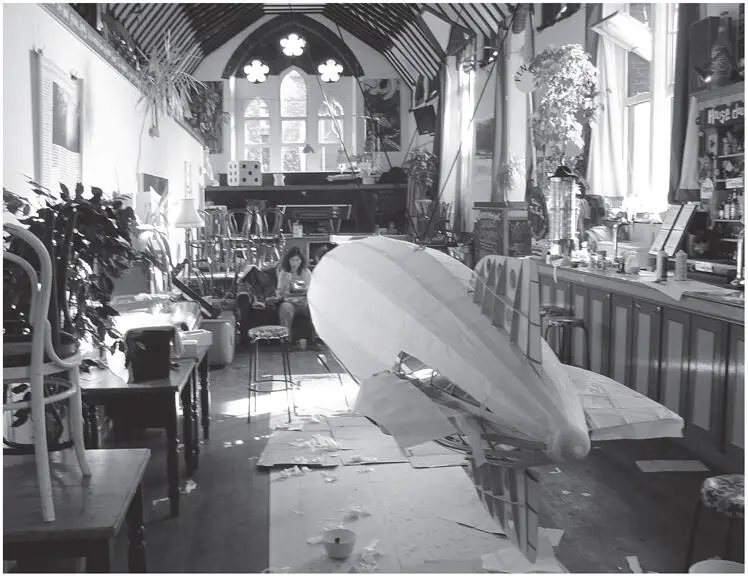
During these mornings we’d talk about ideas of artists and space and listen to Klaus Nomi. *Virginie was of the opinion that all artists create and respond to a space, be it site-specific sculpture like the airship or an environment attuned to making work. We spoke about photographs we’d seen of Francis Bacon’s studio and Roald Dahl’s shed, concepts of theatre and atmosphere; the idea that a resonance of creativity can remain in a building long after the people have gone and the function altered.
Kitchens, boat yards, studios, halls, sheds, rehearsal rooms, cellars, theatres, roofs, gardens, landscapes, vehicles – inspiring and facilitating artistry.
Some spaces must bear witness to a process while others stimulate it – become steeped in it. While some buildings evolve over decades into a perfect working environment, others are built for that purpose from scratch, others will be a compromise; some permanent, some fleeting, some known about and public, some private, even hidden.
That night as an experiment, I wrote a few pages about the broadcaster John Peel. Under the heading ATMOSPHERE, I recalled my second-year house at university; Thursday night, a large cold bedroom where the living room should have been. A desk, a set of shelves, a dicey gas fire, a bed, a wardrobe.
I’m sat at the desk in a thick jumper, illuminated by a balanced-arm lamp and the flicker of a radio set handed down from my mother – bought during the three-day weeks of the seventies because it could take batteries.
I’m listening to John Peel.
Thursday was not a pub night, Thursday was the night John broadcast his programme direct from his Stowmarket home, Peel Acres. Thursdays were sacrosanct. I remember taping Mono, The Black Keys and Four Tet sessions, listening with my finger hovering over the red button on the deck.
My diary of 13 May 2004 records that John played four session tracks by The Izzys and I enjoyed them very much. He opened the show with the greeting ‘Hello, brothers and sisters, and welcome to Peel Acres’ – very much the spirit behind those Thursdays; he was welcoming the audience into his home, where he sat playing tracks he thought we might like to hear – something new. Something by Jazzfinger or The Fall, say; the jet-wash of Part Chimp or The Izzys in session covering Richard and Linda Thompson.
Amazing to think how intimate it all felt – a man in his house in conversation with the world but broadcasting to you. A public service.
I remember the quiet of my room then, the crackle of the radio and the feeling of connectivity.
John Peel died in October 2004. *
In 2008 I wrote to his wife, Sheila Ravenscroft:
‘Perhaps the most interesting spaces grow up and around the person working within them. The longer this project *goes on, the more I think of John’s programmes from Peel Acres and recall the way the atmosphere of his studio seemed to percolate out into my room; the wonderful conversational way he had of speaking, how it fostered a world and set of associations that continue to inform what I’m writing today.’
Читать дальше
